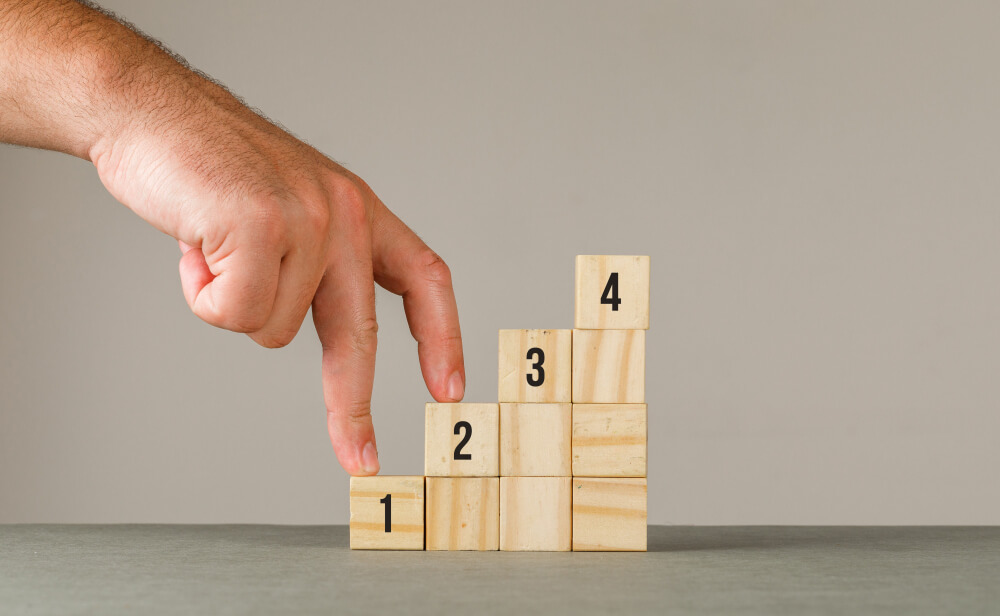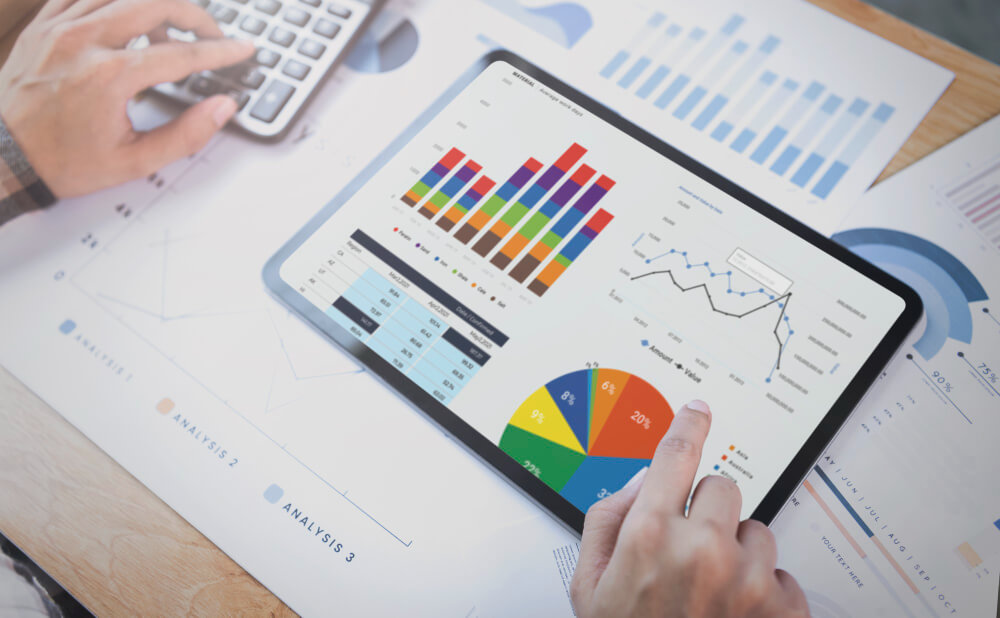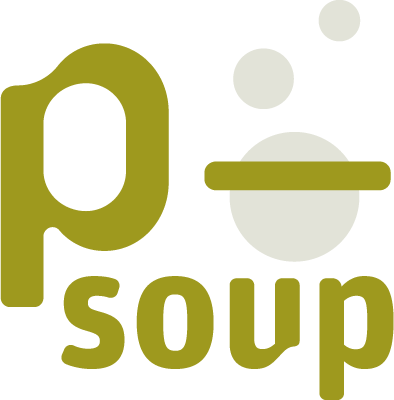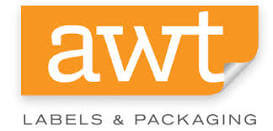
There are a lot of complex moving parts in all the stages of a medical device development project. Plus, the exact process for development projects differs across companies, industries, and regions. Market and regulatory requirements that hold true for European companies may not be applicable for a company in the USA. A company located elsewhere but wanting to market to Europe would have different requirements. And so on.
As a result, no two medical device development projects are the same. But there’s one thing they all share.
Any medical device development project should be undertaken keeping your product’s status in the market and your company’s future in mind.
Waddell Group
Our expert consultants have identified three developmental phases based on which a development project – customized to each company’s unique problems and challenges – can be built. This knowledge stems from our 25+ years of project management experience (and work) with world-class medical device companies.
The Essential Elements and Stages Of A Medical Device Development Project are as follows:
Phase 0: Proof of concept and market readiness
Before mass producing and marketing a product, the medical device company needs to ensure that the product is viable and market-ready.
In order to do that, the company needs to create early prototypes to address and explore 1) the design concept of the product, 2) its critical components, and 3) critical manufacturing processes.
After determining the product and company goals you need to determine its market readiness. For example, do you want the product to be profitable? Scalable? Or do you want it to support another product? It can be determined by performing:
- Financial assessment (Understanding the product and manufacturing costs, capital investment costs, launch costs, pricing, and more)
- Risk Assessment (Understanding the operational risk, potential hazards, usability risk, health risk, and more)
- Customer and market research (Understanding the target demographics, product reception, ideal price points, and more)
- Competitor Analysis (Understanding a competitor’s strategies, feature matrix, market share, pricing, differentiation, and more)

Phase 1: Development
Once the concepts are finalized, and the product is proven to be market-ready, it’s time to develop it. And the first stage of product development;
Planning
In its most basic form, planning involves identifying what needs to be done, when, and by whom. It involves determining the project objectives and a timeline to accomplish them, plus key stakeholder responsibilities and budgeting. However, that’s not enough for medical device development projects, which brings us to the next point.
Design and development planning
Each regulatory body will have different and often precise criteria for a medical device development project. It’s important to keep these criteria in mind from the get-go to avoid complications later in the project.
Prototyping and testing
To mitigate risks from a new development project and identify challenges (if any), it’s important to create a final prototype of the medical device under development. You can identify the types and other benefits of prototyping here.
Testing
Since they directly impact human lives, testing the medical device for quality and reliability is important. A well-planned medical device testing strategy can help your company save money, reduce the chances of a product recall, and meet user needs.
Clinical Study(if applicable)
Depending on the type of device and the market you’re developing it for, you may need to do a clinical study in order to be compliant with the latest quality and regulatory requirements.
Phase 2: Commercialization of a medical device development project
Simply planning, developing, and testing a medical device project is not enough to make it successful. In order to make it profitable and viable one also needs a solid strategy for commercializing it. Commercializing a medical device project involves the following elements:
- Packaging, labeling, and material development (Ensuring that the criteria for distribution, storage, sale, and use of that particular device are incorporated on the packaging and follow the current standards of the applicable regulatory body.)
- Creating a launch plan and implementing it (Determining measurable objectives and deliverables for a successful launch, identifying the key personnel, and managing them to implement the launch.)
- Logistics (Ease of transport, shipping, storage, and more)
We would be happy to connect you with our trusted partners to help facilitate the development and commercialization process for your medical device.
Click on the logos for more details.
Phase 3: Project Performance and monitoring
Project planning is important. But so is tracking how the development project is performing. It’s important to monitor and control the project – plus make adjustments when needed – so that:
- The project is on time
- The budget is under control and
- The performance is as expected
Remember: Things don’t always go as planned. In order to leave room for error and adjust accordingly, a plan should always be measurable but flexible.
Yes, the medical device industry is highly regulated. But the right project management consultants know how to organize, manage, and collaborate with the different partners, players, and stakeholders in each phase of the medical device development project. With them at the helm, it becomes easy to navigate and plan for multiple roadblocks, risks, and challenges. Waddell Group can be that partner for you.
Are you planning for or have a medical device development project underway? Get in Touch!



